In 1914, just as the First World War was breaking out, Dr Bangara came to practice the Forest of Dean. He set up his surgery in Flaxley Street, Cinderford and over the next twelve years became a key, and much-loved, figure in the community. The affection he gained, especially for his generous support for local miners and their families earned him the title of the ‘poor man’s friend’.
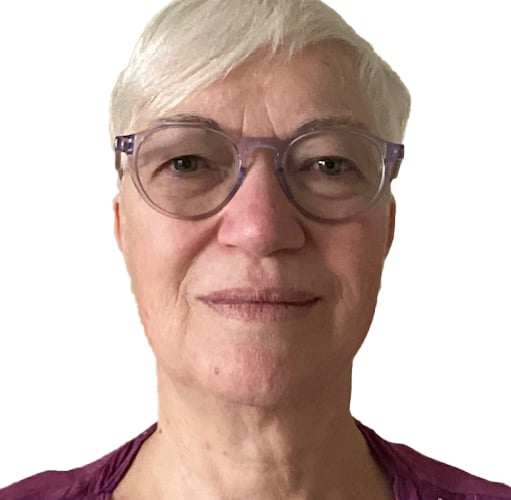
Local historian, Caroline Prosser-Lodge, became fascinated by the story of Dr Bangara and researched his short stay in the Forest of Dean. In the latest issue of The New Regard, the history journal of the Local History Society, she tells the story of the Indian doctor.
Managalore Laxumana Bangara was born into a relatively affluent Hindu family, in the coastal city of Mangalore (now Mangaluru) in South India in 1883.
Having done well at high school and college, Bangara studied medicine at Madras Medical College. As well as understanding traditional Indian medicine he learnt British practice and in 1906 he took up an opportunity to come to Britain to complete his training. He attended the prestigious Edinburgh University Medical School.
While in Edinburgh Bangara learnt about significant new advances in medicine such as the discovery of blood groups, electrocardiography and X-rays. He was to bring these new ideas to the Forest.
The British Establishment feared that such people might undermine the Empire and promote growing ambitions for Indian independence. As a result, medical students like Bangara came under a ‘guardianship’ scheme. A white official or ‘guardian’ was appointed, to “take charge of finances, and to exercise a certain amount of control” over Indian students.
Bangara was elected President of the Indian Students’ Association and was involved in organising and participating in peaceful protests againt the ‘guardianship’ proposals as an:“unkind policy of subjecting (Indian students) to any restrictions which do not equally and simultaneously apply to the other students of the university”.
After a visit home to see his family, Bangara returned to the UK which was then facing an acute shortage of doctors after many had signed up to fight in the First World War. He arrived in Cinderford in December 1914. He established a surgery in Flaxley Street.
With no NHS he had to charge for his services but there are many stories of how he treated patients for free because they had no money and how he contributed to local charities – details of which only emerged after he died. The health of local people was badly affected by the inadequate state of housing and the consequences of working in the local coal mines. As well as infectious diseases, industrial injuries and other poor health conditions that Dr Bangara dealt with he sought to treat soldiers returning from the war with injuries and mental health problems such as ‘shell shock’.
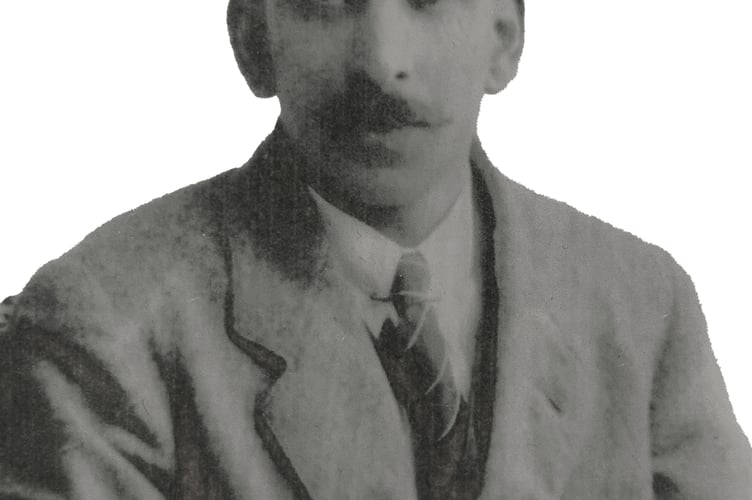
In the immediate aftermath of the war came the devastating Spanish flu epidemic. There were occasional outbreaks of other infectious diseases such as smallpox, diphtheria and scarlet fever in the local area.
As mine owners sought to cut wages, there was a long strike in 1921 and the General Strike in 1926. Hardship in the area was extreme and Dr Bangara did all he could to help. The New Regard article details some of his cases. Bargara was central to the development of what became the Dilke Hospital. He was responsible for bring X-ray equipment to the hospital.
Dr Bangara was involved in a range of local groups such as the Cinderford and District Horticultural and Agricultural Society, Cinderford Flower Show, the Dickens Fellowship, Cinderford Male Voice Choir, Freemasons and local Motor Club.
Dr Bangara died, probably of acute influenza, on 8th April 1927, aged just 44. Local people lined the streets of Cinderford for his funeral in the Baptist Church. Blinds were drawn in houses, and black drapes placed in the streets as signs of respect. Local poets, Leonard Clark and FW Harvey, wrote poems in dedication.

The ashes of Dr Bangara were taken Mangalore and on 18th September 1927 his final committal was attended by an ‘unusually large and distinguished gathering’. His casket, borne by his brother, bore the words ‘He Lived for Mankind’. The care and kindness shown by the doctor to people in Cinderford was replicated during his visits to India.
To his family, friends and the broader community in India he represented a medical ‘missionary’ to the poor of Britain – in strong contrast to the European perspective whereby missionary work involved charity towards the poor in foreign lands.
A pamphlet was produced to commemorate the doctor’s life, entitled In Memoriam and dedicated to Dr ML Bangara: “The Poor Man’s Friend”.

His kindness, devotion and dedication to the poor and to improving health care of the working class made him a much-loved figure in Cinderford.
Read the full story of Dr Bangora and other local stories in The New Regard: https://forestofdeanhistory.org.uk


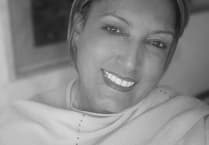
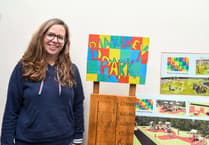
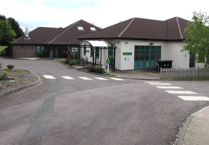
Comments
This article has no comments yet. Be the first to leave a comment.